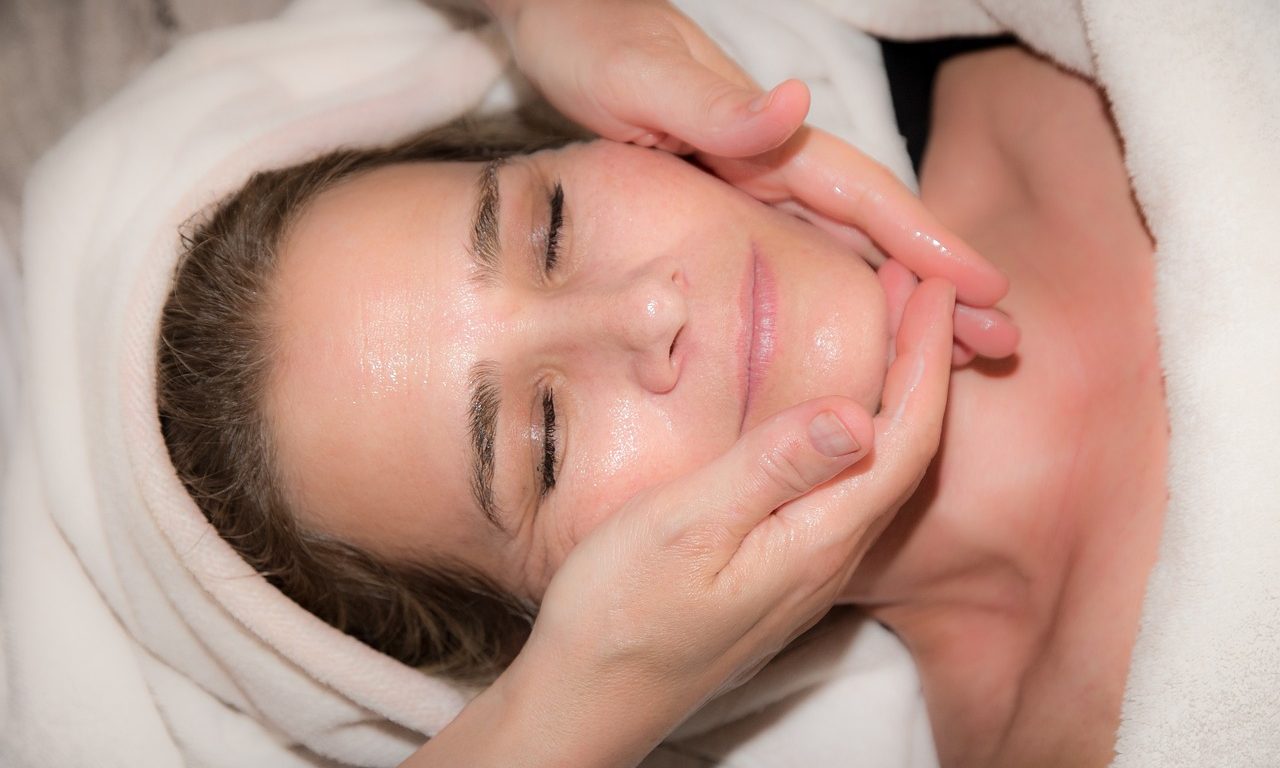Massage therapy is gaining recognition as a complementary approach to healthcare, offering potential benefits such as stress reduction and improved well-being. However, conducting rigorous clinical trials to evaluate its effectiveness can be challenging due to the difficulty of creating appropriate control groups. In a recent pilot study, Michael Patterson, et. al., developed a novel clinical-trial design to investigate the feasibility and acceptability of massage therapy while controlling for non-specific effects. Their findings shed light on the potential of this approach and highlight important considerations for future studies.
The pilot randomized controlled clinical trial took place in a university-integrated medicine research clinic. Forty-four participants were randomly assigned to one of three groups: a structured Swedish-style massage therapy intervention, a light-touch bodywork control intervention, or usual medical care. The study aimed to assess participants’ adherence to the study protocol and their perception of the intervention experience.
The results revealed both promising aspects and challenges associated with implementing the structured design. While 84% of participants completed the study, only 76% of those in an intervention arm successfully completed the trial, primarily due to the burden of attending twice-weekly outpatient bodywork sessions, particularly for patients undergoing chemotherapy.
Participants assigned to the massage therapy arm consistently expressed positive attitudes towards their intervention, both before and after the treatment. In contrast, some participants initially had reservations about being assigned to the light-touch bodywork control group. However, after the intervention period, all participants interviewed expressed satisfaction with their experiences, suggesting that early disappointment diminished over time.
This novel clinical-trial design offers a valuable framework for future studies evaluating massage therapy and other complementary interventions. The study demonstrated that the design was relatively straightforward to implement and acceptable to participants. Moreover, the findings indicate that participant disappointment associated with not receiving massage therapy was temporary and did not overshadow the overall positive experiences reported by the light-touch bodywork control group.
The study’s results also highlight the need to consider practical aspects such as the frequency of outpatient intervention appointments. The burden of attending twice-weekly sessions was found to be challenging for many participants, particularly those undergoing chemotherapy. This information can inform future trial designs, ensuring that intervention schedules are feasible and accommodate the specific needs of the target population. This research lays the foundation for larger-scale trials that can further explore the potential benefits of massage therapy and enhance our understanding of its role in healthcare.
Reference: Patterson, M., Maurer, S., Adler, S. R., & Avins, A. L. (2008). A novel clinical-trial design for the study of massage therapy. Complementary therapies in medicine, 16(3), 169-176.
